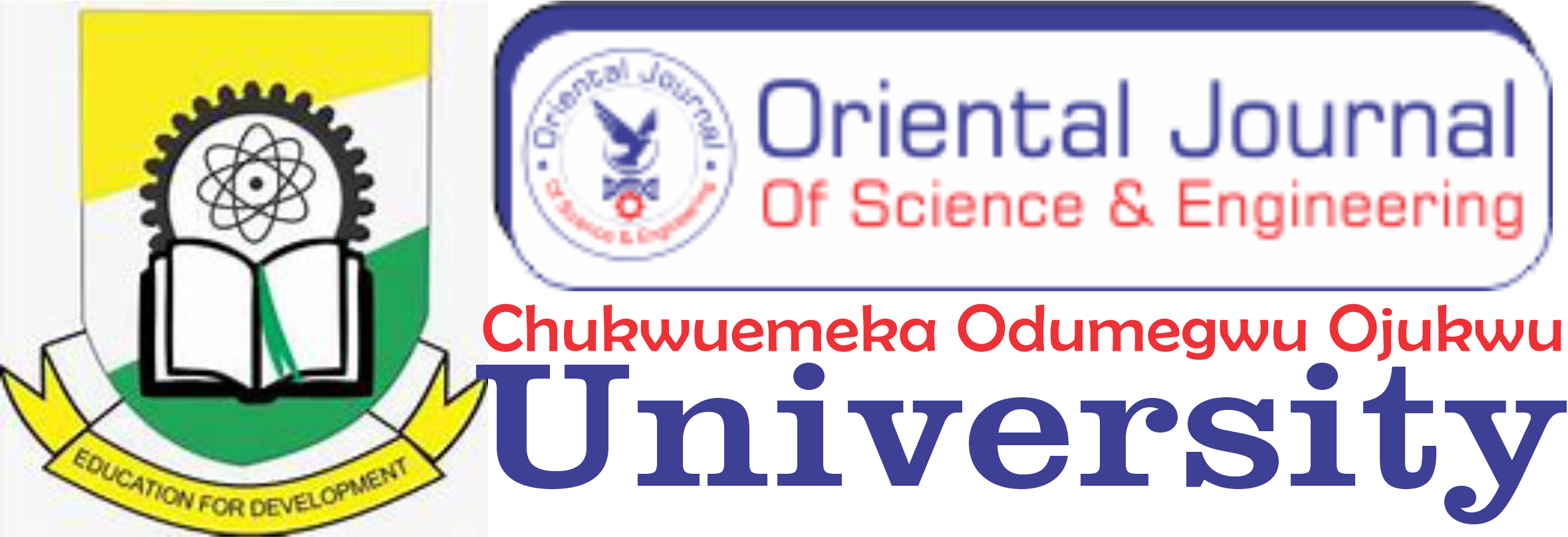The journal publishes high quality peer-reviewed papers on all aspects of physical science (chemistry, computer science, geology, mathematics, physics and statistics), natural science (biochemistry, biology, botany, biotechnology, zoology, microbiology, biological science and related fields), health sciences, chemical engineering, civil engineering, electrical/electronic engineering, mechanical engineering, aeronautical engineering, as well as all aspects of environmental sciences.
The journal welcomes original research papers, discussion papers, short reports, reviews and short communications.

